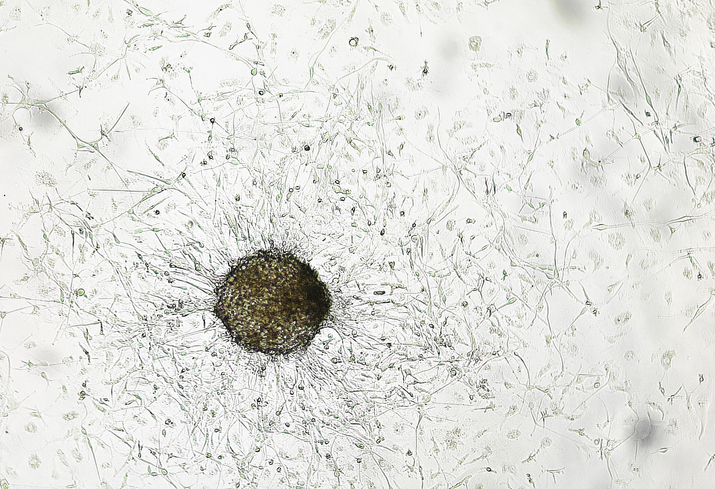
A report from the National Institutes of Health (NIH) found that high exposure to radiofrequency radiation (RFR), like that used in many cell phones, is associated with cancer, according to a study of male rats. There was evidence of heart, brain, and adrenal gland tumors.
However, following to release of this report, the U.S. Food and Drug Administration (FDA) released a statement disagreeing with the conclusion: “We have relied on decades of research and hundreds of studies to have the most complete evaluation of radiofrequency energy exposure. When new studies or information becomes available, the FDA conducts thorough evaluations of the data to continually inform our thinking. We reviewed the recently finalized research…[and] disagree with the conclusions…regarding ‘clear evidence’ of carcinogenic activity in rodents exposed to radiofrequency energy.”
Breaking: Evidence that exposure to cell phone-type radiation extends the life span of male rats. https://t.co/nG8aAd7YPW pic.twitter.com/UdP2ITRglZ
— Bill Hammond (@NYHammond) November 2, 2018
Both agencies agree, however, that the results cannot be directly extrapolated to human cell phone usage.
The study took more than 10 years to complete and included two large animal studies on rats and mice. Exposure to radiofrequency radiation began in the womb for rats and at 5 to 6 weeks old for mice. The animals were exposed for up to 2 years, or most of their natural lifetime. The RFR exposure was intermittent, totaling about 9 hours per day. RFR levels ranged from 1.5 to 6.0 watts per kilogram in rats, and 2.5 to 10.0 watts per kilogram in mice. These studies did not investigate the types of RFR used for WiFi or 5G networks.
And, remember, they amount of this radiation was, at a minimum, as high as the absolute highest level of radiation that has been found to have been emitted by any cell phone on the market
— Health Nerd (@GidMK) November 1, 2018
There were no significant findings in the female rats or in mice. Among the male rats, the researchers found tumors in about 6% of those in the highest radiation exposure group, exceeding the mean historical incidence (0.8%) and the highest rate observed in a single historical control group (2%) of completed peer reviewed studies.
“Animal studies like this one contribute to our discussions on this topic, but we must remember the study was not designed to test the safety of cell phone use in humans,” said the FDA.
The FDA approves PLX-R18 cell therapy for emergency use for acute radiation syndrome.
Emojis help patients with cancer report outcomes.
Sources: National Institutes of Health & FDA







 © 2025 Mashup Media, LLC, a Formedics Property. All Rights Reserved.
© 2025 Mashup Media, LLC, a Formedics Property. All Rights Reserved.